A look into the life of a Cantonese opera performer

Pay extra close attention to our inflight safety video and you’ll notice a performer applying dramatic makeup to his face before stepping out under bright stage lights. This is no mere actor: he’s Alan Tam , a rising star in the world of Cantonese opera. Tam has dedicated his life to this historic performing art form and become one of its most promising young figures.
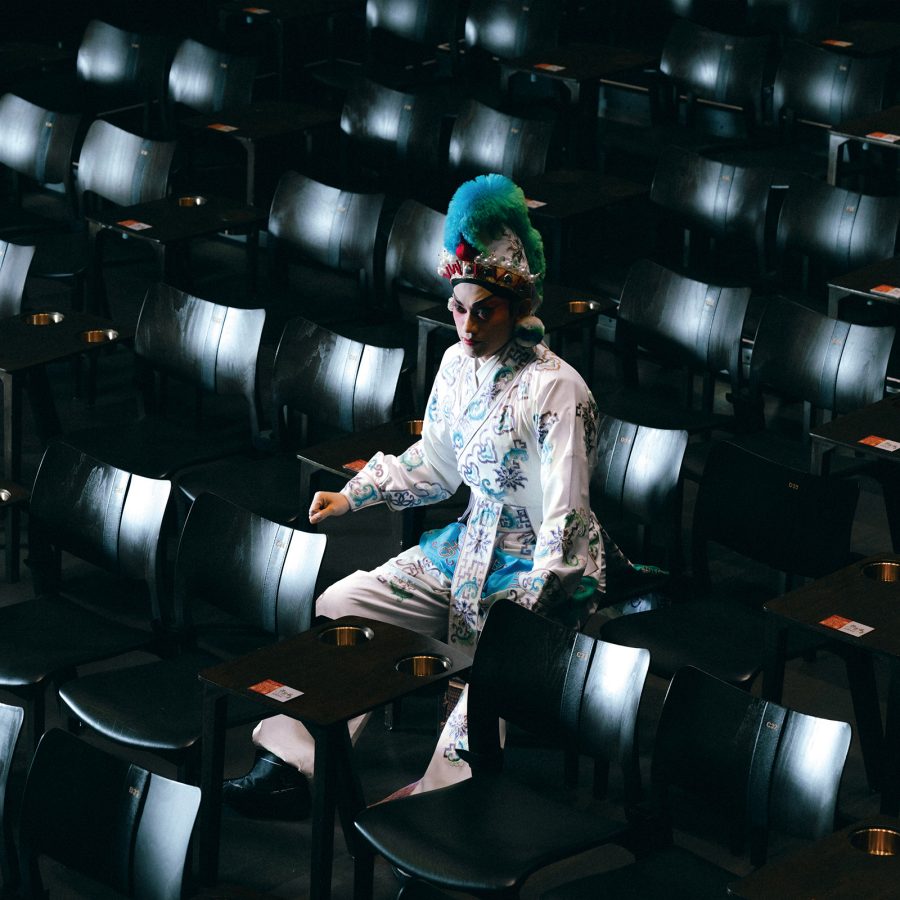
Credit: Elvis Chung

Credit: Elvis Chung
Cantonese opera, also known as Guangdong drama, is a version of Chinese opera that originates in Southern China. It combines singing, recitation, acting and martial arts with typically romantic storylines. Classic productions include The Peony Pavilion, which tells the story of Du Liniang falling in love with a young scholar named Liu Mengmei, and The Flower Princess, which depicts a love story between Princess Changping and her consort Zhou Shixian. Cantonese opera was initially performed in a dialect known as Central Plains Mandarin and it wasn’t until the 1920s and ’30s that veteran performers began singing in Cantonese.
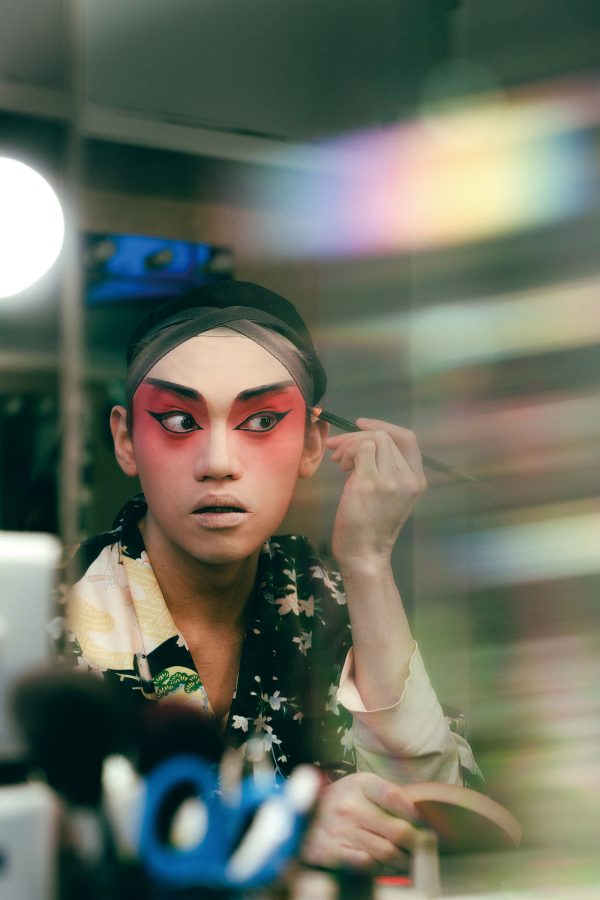
Credit: Elvis Chung

Credit: Elvis Chung

Credit: Elvis Chung
Tam always had a strong desire to perform. He was introduced to Cantonese opera by his grandfather, an amateur singer who often performed on the radio and whose brother led a troupe within the Red Boat Opera Company, an itinerant group that toured the Pearl River Delta in the 19th and 20th centuries. After seeing the cover of The Flower Princess DVD as a young boy, Tam became captivated by opera’s glittery headdresses and flamboyant costumes.
When we meet Tam to discuss his art and his life, he’s busy applying the iconic makeup: a layer of white foundation, red blusher around his eyes and cheekbones, elongated eyebrows and, to finish, vibrant red lipstick. He remembers being three years old and going to a performance with his grandfather. “After the show, fans shouted ‘encore’ and approached the stage for photographs. I was one of them,” he says. Sensing his growing interest, Tam’s family enrolled him in a children’s Cantonese opera class.
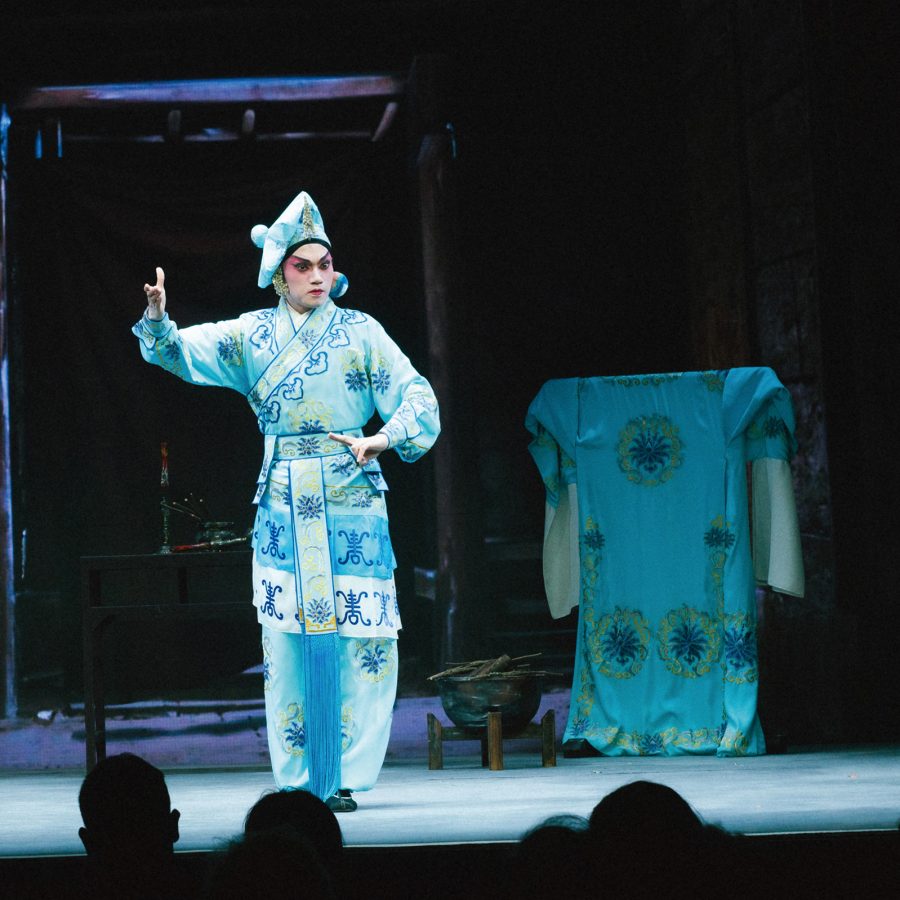
Credit: Elvis Chung
It wasn’t just a phase: it grew into an all-consuming passion. As a child, he’d fit his schoolwork between rehearsals and shows. Eventually, however, this balancing act became too challenging and he decided to focus on opera full-time. He steadily honed his craft, starting as an ensemble member before developing into a formidable male lead.
“Cantonese opera has enriched my life,” Tam says, adding: “Though not without struggle.” A typical performance lasts three to four hours and demands much physical and mental stamina. Tam often performs matinée as well as evening shows on the same day.
Still, he loves being on stage and feeding off the atmosphere: “The audience’s reaction guides the performer’s spontaneous expression. That’s what I enjoy the most.”
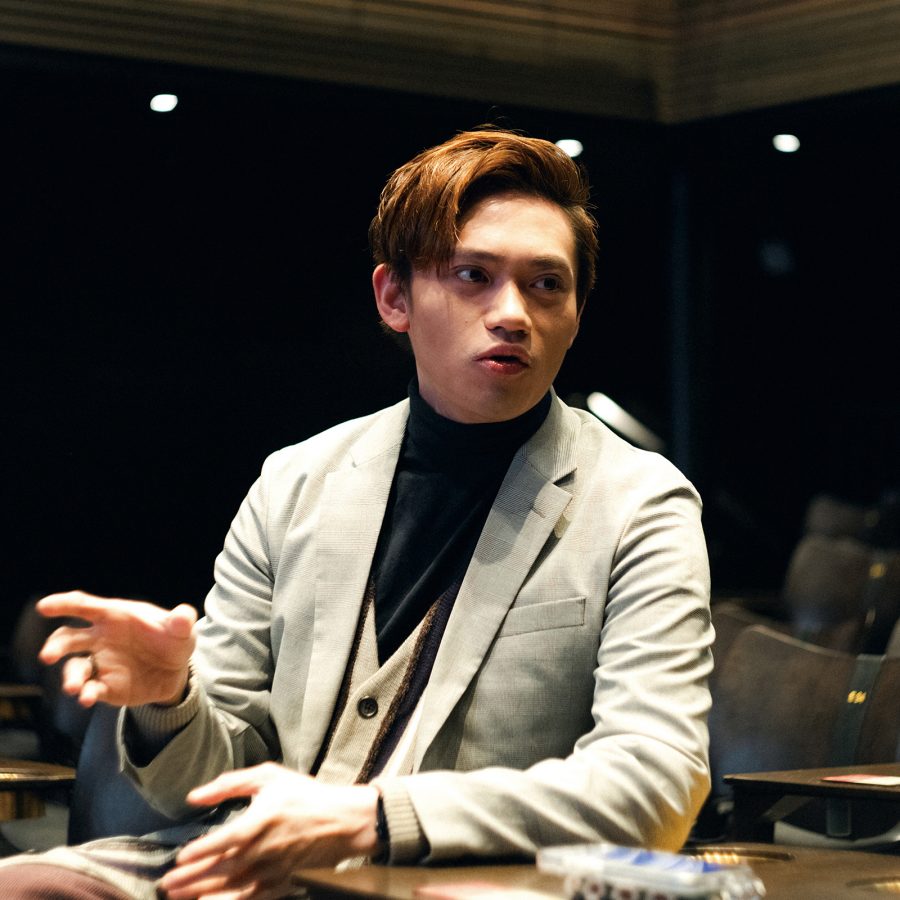
Credit: Elvis Chung

Credit: Alan Tam
As far as Tam’s concerned, it’s vital that Cantonese opera is preserved from generation to generation. The industry is currently facing a shortage of personnel: of performers, musicians, stage and costume designers, and makeup artists. Cantonese opera was inscribed onto the Unesco list of Intangible Cultural Heritage of Humanity in 2009, but it’s young stars like Tam that are key to keeping this precious art form alive.
He’s a member of various troupes, including the Xiqu Centre’s Tea House Rising Stars Troupe, and has performed alongside veterans, whose guidance has proven invaluable. “My most memorable lesson was being corrected by a senior performer on stage. It was embarrassing but served me well.”
Legendary artist Mandy Mui also once told Tam that “as a performer, when you reach a certain position, remember to be modest about your achievements”. It’s since become his motto.
While Tam maintains a low profile off stage, his Facebook fan page boasts 13,000 followers. His love for opera may have been inherited but the decades of perseverance and determination are all his own. He’s become the kind of star he once looked up to and marvelled at as a young boy.
Where to see Cantonese opera in Hong Kong
Xiqu Centre Tea House Theatre
Every Friday to Sunday at the Xiqu Centre Tea House Theatre in West Kowloon Cultural District, young members of the Tea House Rising Stars Troupe present 90-minute introductory performances featuring classic Cantonese opera songs and excerpts from classic productions accompanied by live Chinese instrumental music. With Chinese and English subtitles and guided commentary, audiences of all types can immerse themselves in the world of Cantonese opera while enjoying fine tea and traditional Chinese snacks in this cultural space.
Bamboo Chinese theatres in Hong Kong
During Hong Kong’s annual festivals and traditional celebrations, temporary bamboo Chinese theatres are erected across the city – most notably on Cheung Chau and Lamma Island and in Tung Chung – for three to five days of Cantonese opera. These performances, or san gung hei , are referred to as “opera with divine powers”, functioning as both offerings to the gods and entertainment for locals and visitors. The biannual Tsing Yi theatre features Cantonese opera performances alongside food stalls.
More inspiration
Hong Kong travel information
- China – the Chinese Mainland, Hong Kong SAR, Macao SAR and Taiwan Region
- Hong Kong SAR - English
- Chinese Mainland (China) - English
- Taiwan, China - English
- 香港特別行政區 - 繁體中文
- 中国內地 - 简体中文
- 中國台灣 - 繁體中文
- Africa
- South Africa - English
- Asia
- Bangladesh - English
- Korea - English
- Singapore - English
- Cambodia - English
- 한국 - 한국어
- Sri Lanka - English
- India - English
- Malaysia - English
- Thailand - English
- Indonesia - English
- Maldives - English
- ประเทศไทย - ภาษาไทย
- Indonesia - Bahasa Indonesia
- Myanmar - English
- Vietnam - English
- Japan - English
- Nepal - English
- Việt Nam - tiếng Việt
- 日本 - 日本語
- Philippines - English
- Australasia
- Australia - English
- New Zealand - English
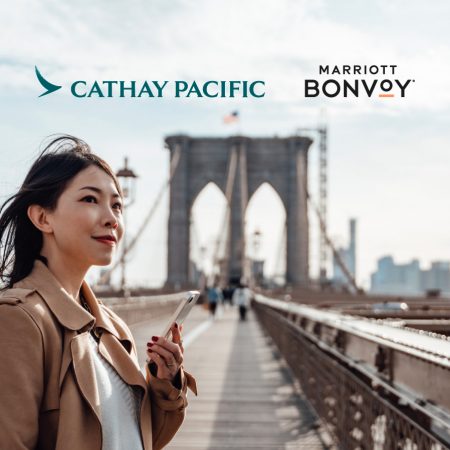





.renditionimage.450.450.jpg)

